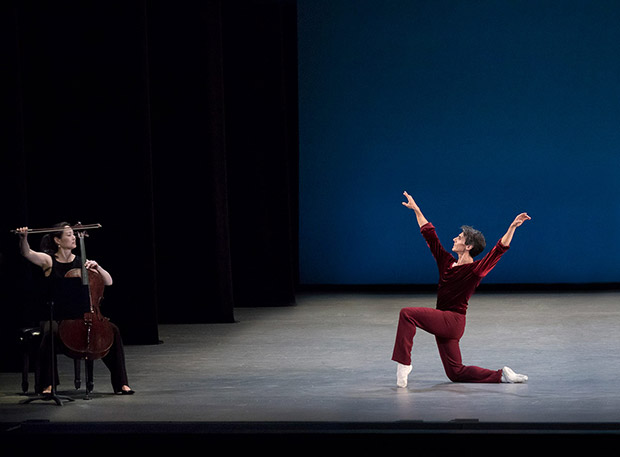
© Paul Kolnik. (Click image for larger version)
Marina Harss Completely Subjective, Somewhat Arbitrary List of the Year’s Memorable Performances…
So, once again it’s time to reflect on the year that is drawing to a close. (How did we get here so quickly?) Was it a good year for dance in my NYC corner of the world? Other years have been more exciting, I think, but this one has had its share of remarkable performances, including a few thrilling ones. Here, in no particular order, are the ones that really stood out, for one reason or another.
1. We read about how Isadora Duncan revolutionized dance and moved audiences to ecstasy, but the Duncan revivals I’ve seen have never managed to capture that thing that made her contemporaries swoon. The steps have always seemed borderline silly – wide-eyed, faux-naïf, and above all, repetitive. But watching Sara Mearns, of New York City Ballet, perform a suite of Duncan solos during the Paul Taylor season, and, even more impressively, during Fall for Dance, all that changed. The sepia-toned filter went away, and suddenly the movement, and its powerful connection to the music, registered full force. (The excellent pianist was Cameron Grant.) The fact that Sara Mearns herself is a force of nature is not news, but here she appeared more fully immersed in the music than I’ve ever seen her, stripped of ego, almost possessed. It was like watching someone move in a trance. I was most moved by her hands – the way they seemed to literally pluck the air as if it were an instrument – and by her back, which seemed to drive her forward, like a motor. Time stopped.

© Stephanie Berger. (Click image for larger version)
2. Another performance that stood out – it was electrifying, really – was a pair of solos created for Taylor Stanley by Kyle Abraham in his new work for New York City Ballet, The Runaway. I was excited by the ballet too, don’t get me wrong, but found that it didn’t have the same effect the second time around – some sections felt artificial and a little forced, especially the hammy interludes for the women, and the reliance on violent lyrics to put across an attitude. Still. The two solos for Taylor Stanley – pensive, quiet, introspective, shape-shifting – were absolutely riveting. The first was set to a quiet piece by Nico Muhly (not usually a favorite composer), and the second to a song by Kanye West. Ballet and hip-hop do have some strange, hard-to-define affinity. They found a nexus in the body and mind of Taylor Stanley.
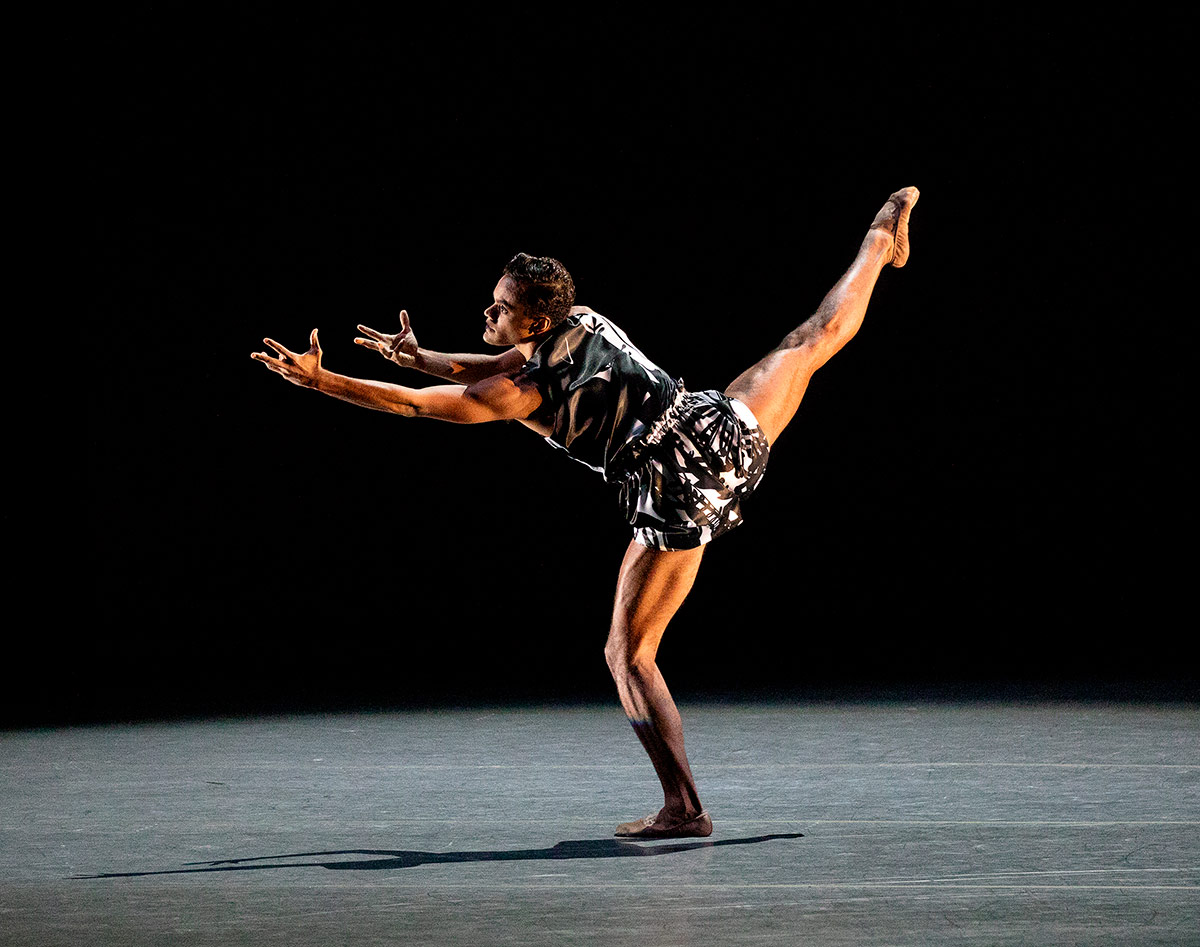
© Paul Kolnik. (Click image for larger version)
3. Of late, I’ve become an Anne Teresa De Keersmaeker fanatic. I wasn’t always that way; I found Rosas Danst Rosas trying, and Fase, Four Movements to the Music of Steve Reich unbearably long. But her recent works, in which she explores the bare bones of musicality – rhythm, melody, instrumentation, texture, and the interplay between them – are utterly thrilling. I felt that way about A Love Supreme, her exploration of Coltrane, and also about Cesena and En Atendant, and now about The Six Brandenburg Concertos, which played at the New York’s Park Avenue Armory this fall. In that giant space, using the simplest elements (walking, running, falling, tripping, whirling), she made the music dance before our eyes. The audience could feel every variation in rhythm, see the voices of the instruments, follow the lines of melody and accompaniment and counterpoint. The simplicity of the choreographic language also imbued the dance with a quality of basic humanity. I could have done without the dog – it was distracting. The two-hour-long, intermission-less show went by in a flash. My one serious complaint was about intonation problems in the musical ensemble, B’Rock Orchestra.

© Stephanie Berger. (Click image for larger version)
4. Speaking of simplicity, another striking example was Ronald K. Brown’s tribute to Alvin Ailey, The Call. The Ailey company’s 60th anniversary has brought out the best from the two choreographers asked to contribute new works. Rennie Harris’s Lazarus, though over-long, packed a powerful punch, with its combination of sorrow, pain, and ecstatic dancing. But Ron Brown’s The Call is something even more precious, a truly depurated work in which each step seems inevitable, heartfelt, and true. Somehow, Brown makes poetry out of the odd juxtaposition of musical styles: Bach, jazz (Mary Lou Williams), and Malian music for the balafon (a xylophone-like instrument) and kora. The five dancers come and go, each remaining distinct and individual but also forming part of a subtly-shifting geometry, in sync with the music and with each other. (The dance is full of canons that multiply into layered conversations.) The Call has that groove Brown is known for; a way of moving dancers that is organic, relaxed, and full-bodied, with a strong West African and Caribbean accent. Meanwhile, ever so gently, it leads the audience somewhere. The ending, a quotation from Ailey’s Revelations, takes you by surprise. At the same time, it says, without too much emphasis, “here is where it all began for me.”
I wrote about it for the New York Times:
5. Alexei Ratmansky’s Harlequinade strikes me as this choreographer’s best Petipa reconstruction to date, not because it’s Petipa’s greatest work – it’s not – but because all the elements (mime, dancing, Riccardo Drigo’s music, Robert Perdziola’s sets and costumes) work together so beautifully, creating a charming, musically-irresistible whole. The way the acting merges into dancing is a delight. You can almost “hear” the characters as they communicate with their faces and bodies. I was particularly taken with Harlequin’s “Serenade,” in which the character plays the mandolin and mouths the words, like a tenor belting out an aria. Your eyes and ears play a trick on you; the violin’s lilting line becomes the character’s voice. Also striking: the way repetition, like a simple jump executed while softly opening both arms, performed 6 times in quick succession in alternating directions, can become somehow stirring. What does it mean? Why does it affect us this way? The musicality that emerges from these Petipa stagings reflects a much lighter, dancier style than we are used to. Is it Petipa or Ratmansky? Who knows. But it makes the ballets feel alive, approachable, human.
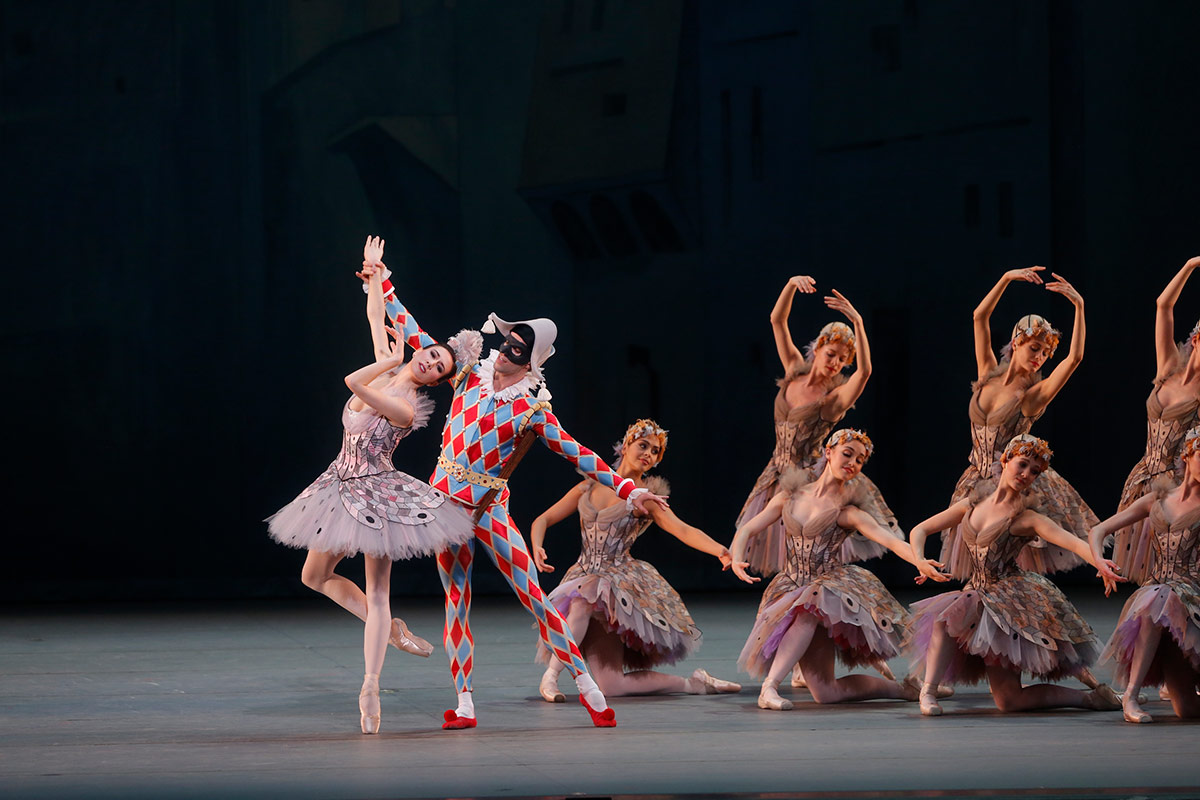
© Marty Sohl. (Click image for larger version)
I wrote a piece about the making of the ballet for the NY Times, and a review for DanceTabs.
6. Ballet farewells are often wildly theatrical, but there are some that go beyond the tinsel and tears. Joaquín De Luz’s at New York City Ballet was one of those. (So was Wendy Whelan’s a few years ago.) One could say the same for the entirety of De Luz’s final season. At 42, he was dancing with an enviable verve and technical assurance, mixed with a sense of mastery and joy, in performance after performance. At his farewell, he chose to dance George Balanchine’s Theme and Variations, which contains one of the toughest male roles in the repertory. His dancing (and partnering) were not only impeccable, but sunny and relaxed. He and Peck looked like they were having fun, daring each other to try things, go a little further. Of course, Peck is very much in her prime, but De Luz would have been forgiven for playing it a little bit safe. After that, he performed Jerome Robbins’ A Suite of Dances, a solo accompanied by a cellist playing Bach onstage. There, too, he kept things moving along, as if discovering new nuances on his final day on the job. Sure, he chose the faux-tango extravaganza Todo Buenos Aires as a closer, a real clunker, but by then it didn’t matter. The audience was his. During the bows, he even danced a few flamenco steps with his mother, who had flown in from Spain.
Here’s a piece I wrote about Joaquín De Luz for the NY Times just before the farewell.
And here is Joaquin de Luz with the cellist Ann Kim, after a relaxed, spontaneous, and deeply musical performance of Jerome Robbins’ “A Suite of Dances.” A beautifully intimate way to say goodbye to his audience and this stage. pic.twitter.com/ZJks6Q2JcQ
— Marina harss (@MarinaHarss) October 14, 2018
On to a joyous and dance-filled 2019!












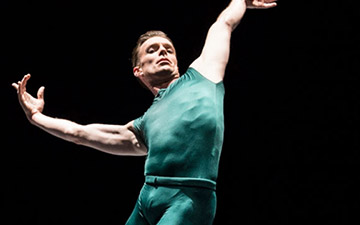

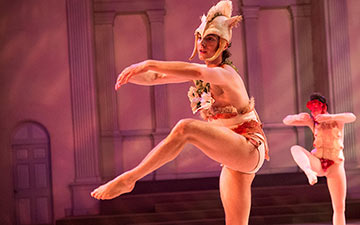


You must be logged in to post a comment.